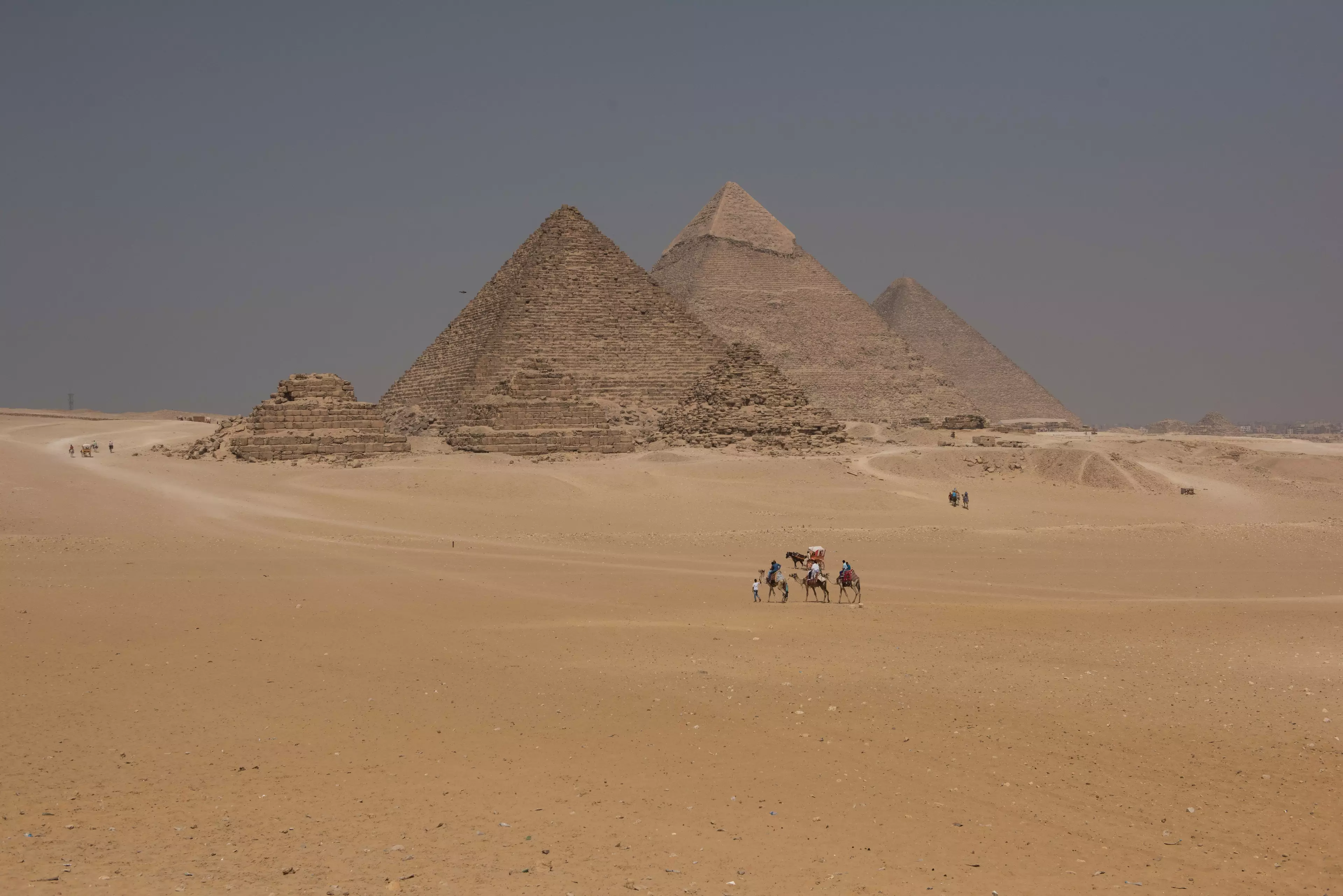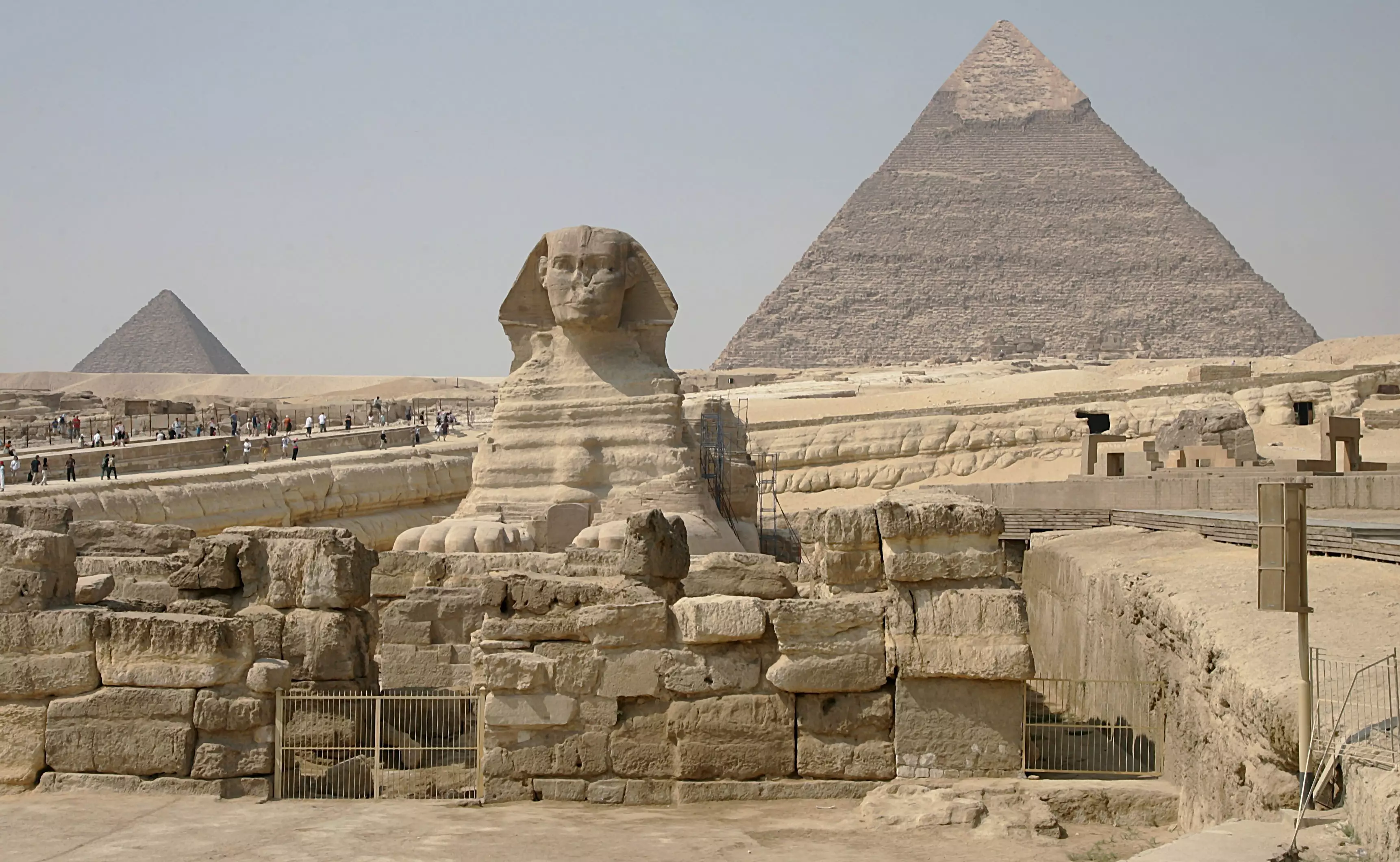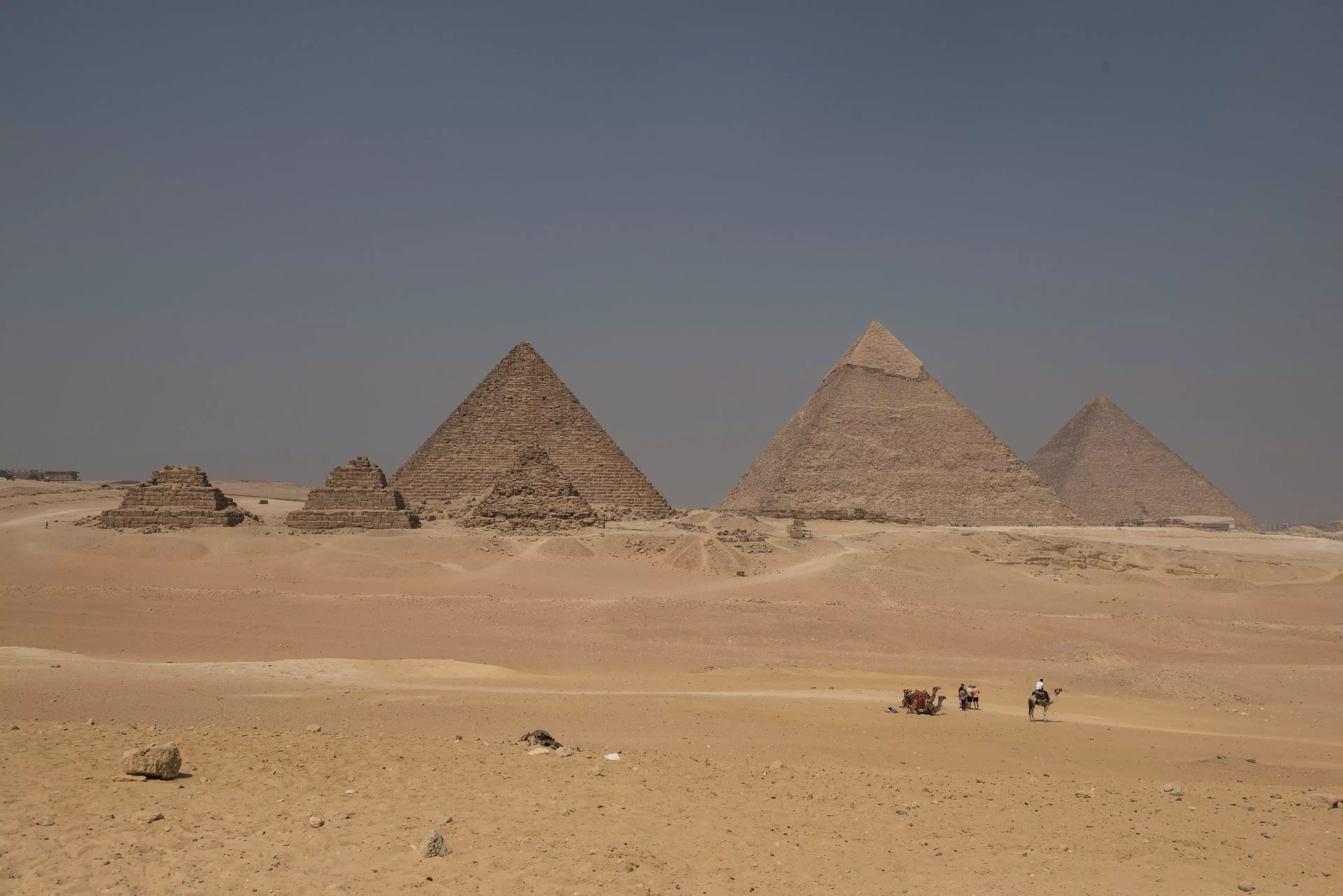
Over 4,000 years since they were built, archaeologists think that they might have finally solved the riddle of how the Great Pyramid of Giza was built.
Obviously, back in Ancient Egyptian times there were not that many ways that you could shift 170,000 tonnes of solid rock, so it has been an enduring mystery how they managed to do just that.
Historians now believe that those crafty Egyptians (or more likely an army of slaves) used huge purpose-built boats to transport the vast limestone blocks through a network of waterways.
It has long been known that some of the rocks used for building the pyramid, which is the oldest of all of the Seven Wonders of the Ancient World, were brought from a quarry eight miles away from Giza in Tura.
Some of the granite used is also known to have come from more than 500 miles away - which is bloody impressive for the people of 2580BC.

The discovery was made after a group of archaeologists found an ancient papyrus scroll, as well a boat - or at least, what is left of it - and evidence of a network of waterways near the pyramids.
This is thought to constitute the proof of how they came to be built.
Pierre Tallet has spent the past four years of his life trying to make sense of the papyrus they found. It was written by one of the people overseeing the work on the huge structure.
In Channel 4 documentary Egypt's Great Pyramid: The New Evidence, Pierre said: "Since the very day of the discovery it was quite evident that we have the oldest papyrus ever found in the world."
That's all well and good, but what does it say?
Well, it was written by a man called Merer who was in charge of a crew of sailors. They were used to navigate canals dug into the River Nile and bring the limestone blocks to the site of the pyramid, just outside Cairo.
These boats were tied together with thick ropes, and they've found some of them intact too, supporting the theory.
The boats brought the rock to an inland port nearby and then workers hauled it to the building site.
In total, 2.3 million huge slabs of stone were brought to the site over 20 years.

Mark Lehner, an American archaeologist, also featured in the documentary, saying: "We've outlined the central canal basin, which we think was the primary delivery area to the foot of the Giza Plateau."
Advert
Well, that's another mystery solved, then. Good job, everyone.
Featured Image Credit: PATopics: World News, Pyramids, egypt, Interesting, History